A flickering glow of red rock scatters across Nevada like embers. But here, at the state’s oldest park, the desert doesn’t smolder—it erupts. In an otherworldly landscape like no other state park, ignite your next adventure in Valley of Fire!
The Desert Bursting In Flames
Every year, over 750,000 visitors step into this desert furnace. But Valley of Fire is more than just Nevada’s first state park—it’s the blueprint for adventure in the Silver State.
Valley of Fire isn’t just a name—it’s a visual experience. The swirling reds, oranges, and deep rust tones look like someone ran their fingers through lava before it cooled. The way the rock formations twist, stretch, and rise out of the ground isn’t just dramatic—it’s cinematic.
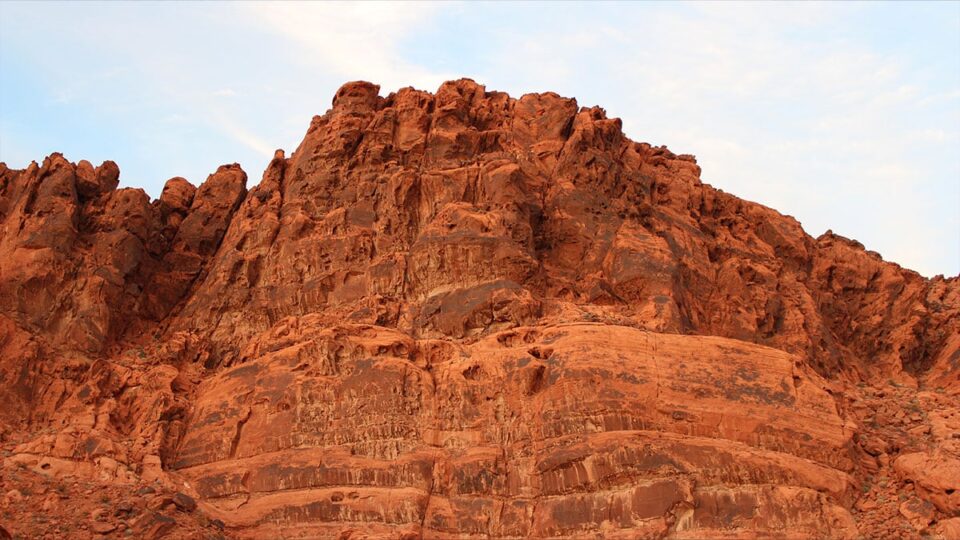
The air feels different here, too—drier, sharper, as if it carries the weight of the stories written in stone.
Roving around this place feels like stepping into another world. Mars? Maybe. So then, why does it look like this?
How Valley of Fire was Formed
The signature intensity behind any red rock or Aztec sandstone is all in the elements. So why does Valley of Fire look way more metal than other places? Because it is.
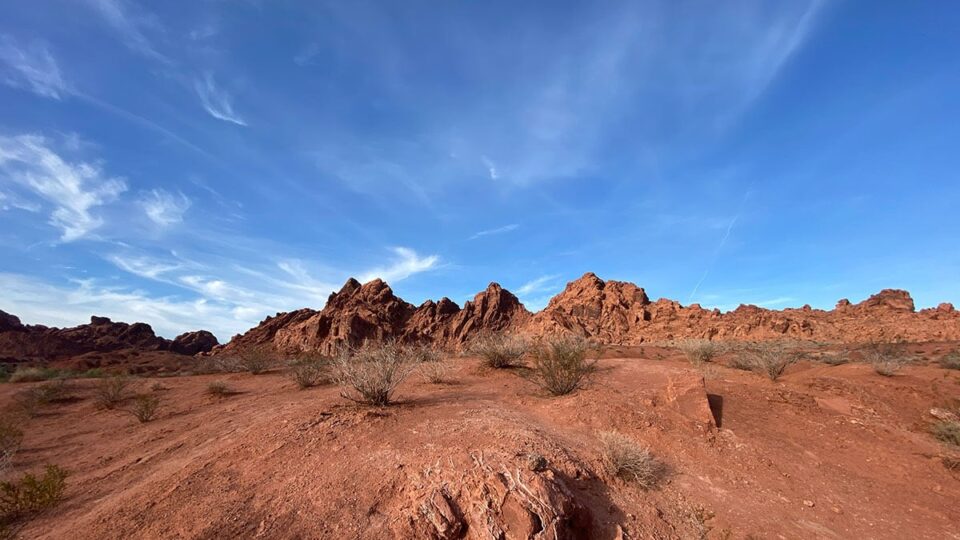
Millions of years ago, this was an ancient seabed. What happened between then and now? It all boils down to iron-rich minerals ‘rusted’ and stained the sand in the stone we see today. The high amounts of iron oxide in the area give the park its unique spark of color.
What makes these formations truly unique isn’t just the color. Over time, differing erosion patterns carved intricate ridges and wave-like forms, creating dynamic textures that shift with every shadow. Sunlight catches these edges and surfaces, making them flicker like open flames as the day goes on in this Wild West environment.
Drive Down The Road Burning Rubber
The Valley of Fire Highway is one of the best scenic roads in the Southwest. With smooth, well-maintained pavement and sweeping curves, it’s perfect for cruising in a car or carving through on a motorcycle.
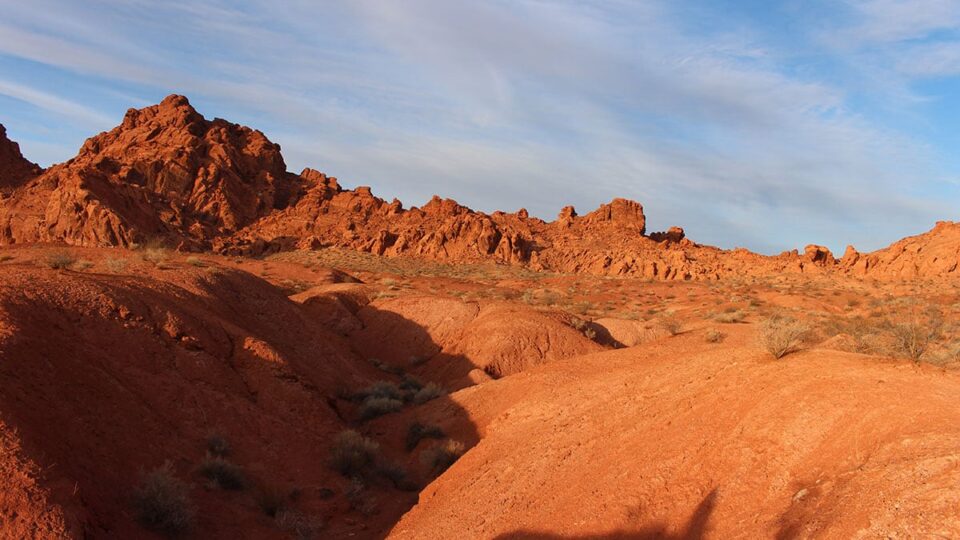
Whether you’re in for a relaxed ride or a spirited drive, this road delivers.
The experience is pure motion—twisting through towering red cliffs, past wind-carved formations, and into endless desert horizons. As the sunlight shifts, so does the scenery—glowing red in the morning, turning golden at midday, and deepening into purples and blues by sunset. Every mile brings a new view.
For those looking to capture the ride, pull over at Elephant Rock for a sunrise silhouette, stop at Rainbow Vista for panoramic desert views, or check out the Seven Sisters, where towering sandstone columns stand against the open sky. Every stop is another perfect shot waiting to happen.
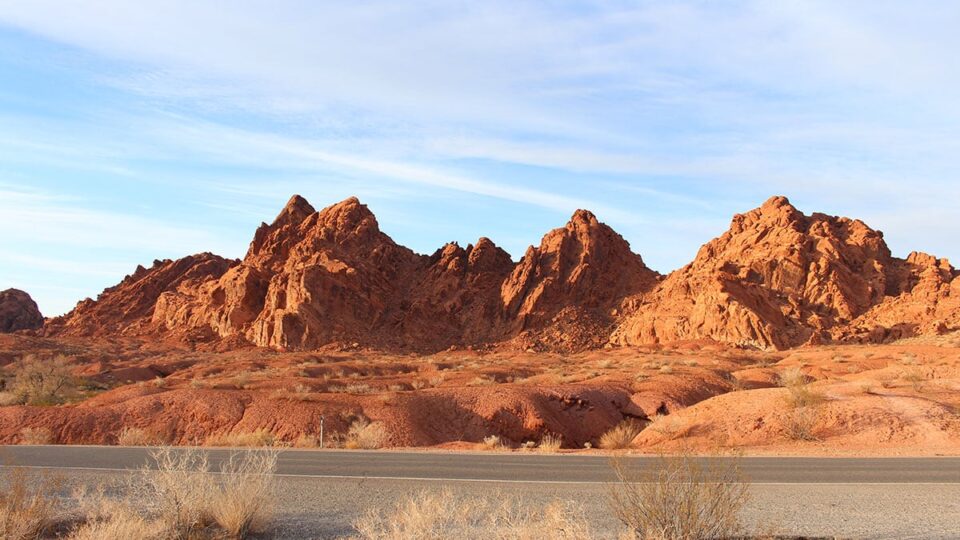
This isn’t just a scenic drive—it’s a ride you’ll remember long after the road ends!
Walking Through the Fire Trails
Outside the comfort of late fall, Winter, and early spring, the heat during the day is no joke. The sun cranks the dial past scorching, and the rocks hoard the heat like a sunbaked oven
So, plan your visit around the weather—seriously.
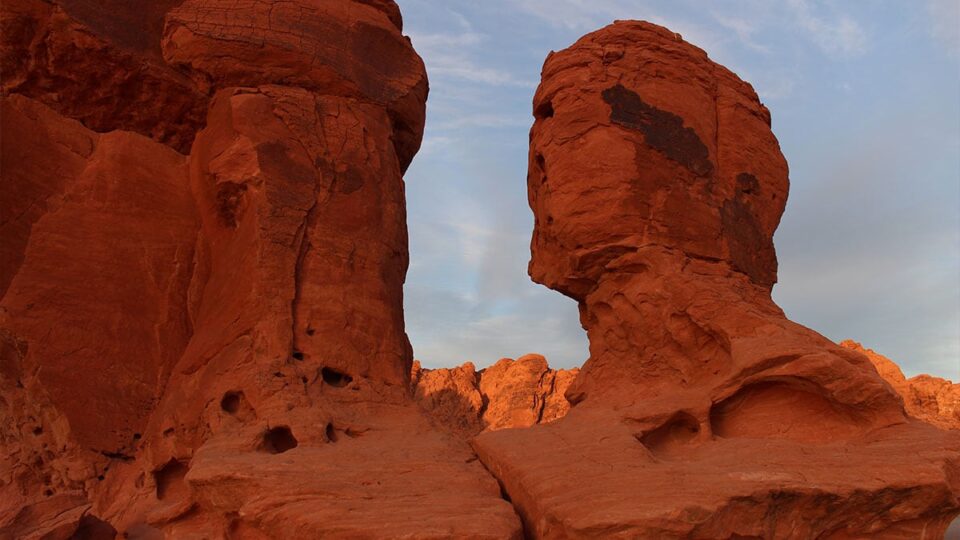
Make your first stop to swing by the Visitor Center—a quick way to get your bearings, grab a map, and plot your route. Whether you’re here for an easy stroll or a full-scale trek, your options are endless as long as you plan ahead.
Mouse’s Tank Trail (Easy)
A short slot canyon walk leading to a natural basin where water lingers long after the rain. Along the way, petroglyphs scatter the rock faces, ancient etchings telling ambiguous stories from thousands of years ago.
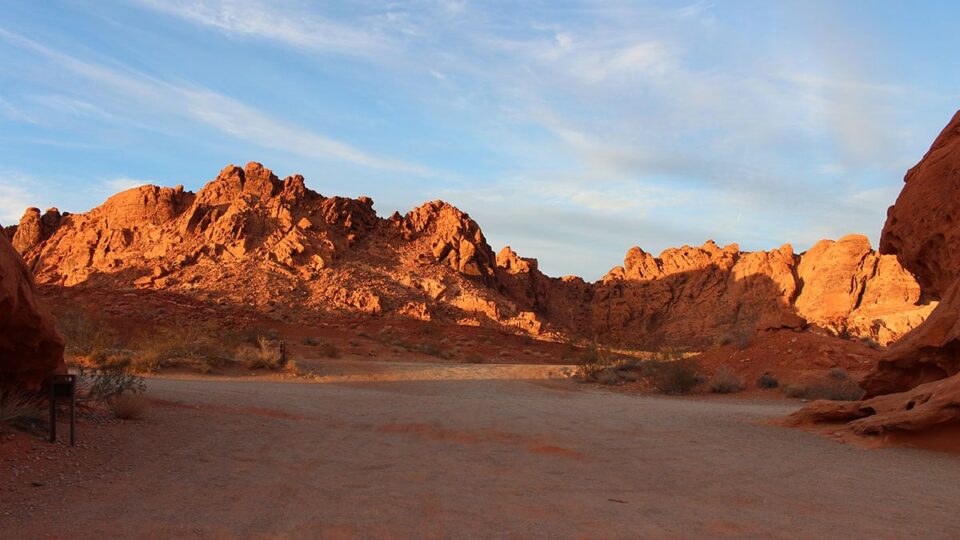
Fire Wave Trail (Moderate)
The park’s most famous hike, a surreal walk across flowing layers of red-and-white-striped rock resembling a wave caught mid-motion. The ridges seem frozen in time, sculpted by wind and water over a millennium.
White Domes Trail (Scenic Loop)
The path twists through towering rock corridors, their walls narrowing till you might have to squeeze through before spilling out into the open desert. Along the way, scattered ruins from an old Hollywood film set add an unexpected relic to the landscape.
Each trial is different, but one thing is guaranteed— you’re walking through one world of the past.
The Cabins: A Glimpse Into the Past
Tucked deep in the valley, three stone cabins sit like relics carved straight from the land. Built-in the 1930s by the Civilian Conservation Corps (CCC), they weren’t made for comfort—just a break from the sun, the wind, and the sheer nothingness stretching for miles.

Stacked from the same fire-colored sandstone as the cliffs around them, the cabins feel less built and more pulled from the earth itself.
Step inside, and the silence settles heavy. You can almost hear the scuff of boots, the crackle of a long-dead fire, the weight of a night spent under an endless sky. Definitely check this out during a day trip to Valley of Fire.
The desert has swallowed most traces of the past. But not these. If you really want to know what it was like, spend the night and find out for yourself.
Camping: Sleeping Under the Stars
The valley flips the script at night. No city lights, just an explosion of stars, the Milky Way stretching overhead, and the occasional meteor streaking by.
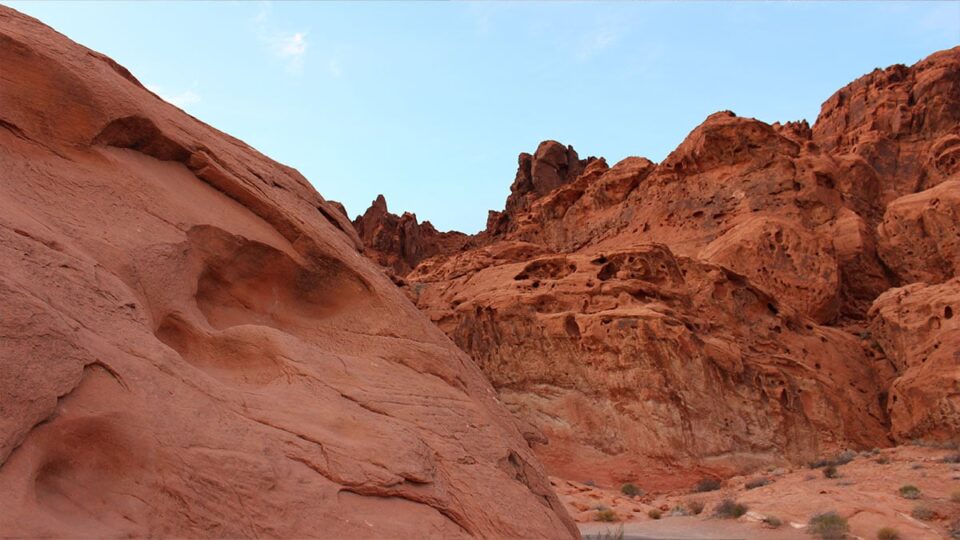
Valley of Fire offers cowboy-style camping, where the desert itself becomes your shelter. Just you, the rocks, and the sky. The park has two main campgrounds that are great for the outdoor free-spirited person.
Atlatl Rock Campground – The Comfortable Basecamp
If you’re looking for a campsite with a few luxuries, Atlatl Rock is your best bet. This campground comes with full hookups for RVs, shaded picnic tables, fire pits, and even restrooms with showers.

Let’s be real: after a full day of hiking in the desert, a quick rinse-off doesn’t sound too bad!
The best part? You’re right next to Atlatl Rock, where petroglyphs—some over 2,000 years old—are etched into the towering sandstone.
Climb the metal staircase for an up-close look at the ancient markings and get a glimpse into the lives of those who walked these lands long before modern campers rolled in.
Arch Rock Campground – The Quiet Escape
For those who prefer solitude over convenience, Arch Rock Campground is the move. It’s a bit more rugged—no luxuries, fewer amenities, and a first-come, first-served system—but that’s the appeal. Fewer crowds mean darker skies, quieter nights, and a deeper connection to the landscape.
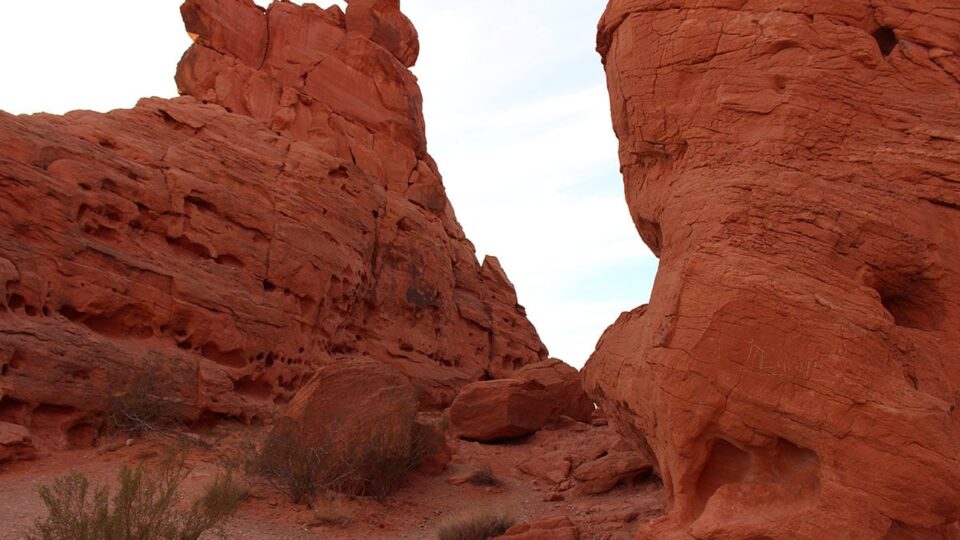
The towering rock formations create a natural barrier, making the site feel more secluded! It’s the perfect spot for stargazers, photographers, or anyone who just wants to unplug and let the desert do its thing.
Packing & Pro Tips
Even though it’s open year-round from dusk to dawn, visiting late fall through early spring offers ideal temperatures when the heat won’t melt your shoes off. (Summer highs can exceed 110°F.)
Essentials to Pack: Frozen water bottles, sunscreen, ice water, sturdy hiking boots, water, and a camera—because no one will believe how surreal this place looks without proof.
Wildlife to Watch For: Desert bighorn sheep, lizards, and roadrunners—if you’re lucky, you might even catch a coyote slipping through the rocks.
The Last Glimpse of the Wild West
As you leave, take one last look in the rearview mirror. The rock formations fade into the distance, the flames cooling as you drive away.
Valley of Fire isn’t the kind of place you just visit—it’s a place that burns long after the last campfire embers fade.
So, if you’re an outdoors type of person, be sure to check it out during cooler temperatures!
Address:
Moapa Valley, NV
89040
Hours:
7 Days a Week: 9 AM – 4 PM
Phone:
(702) 397-2088

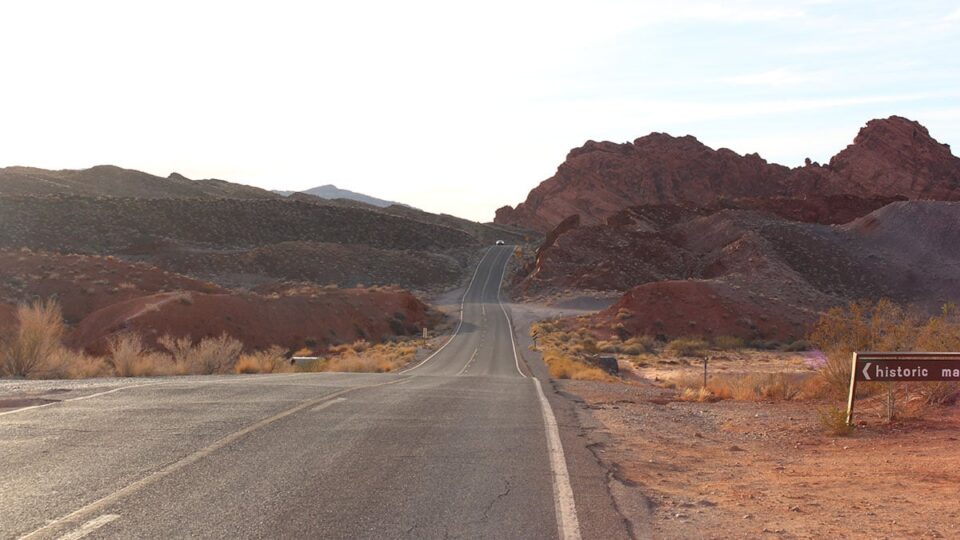
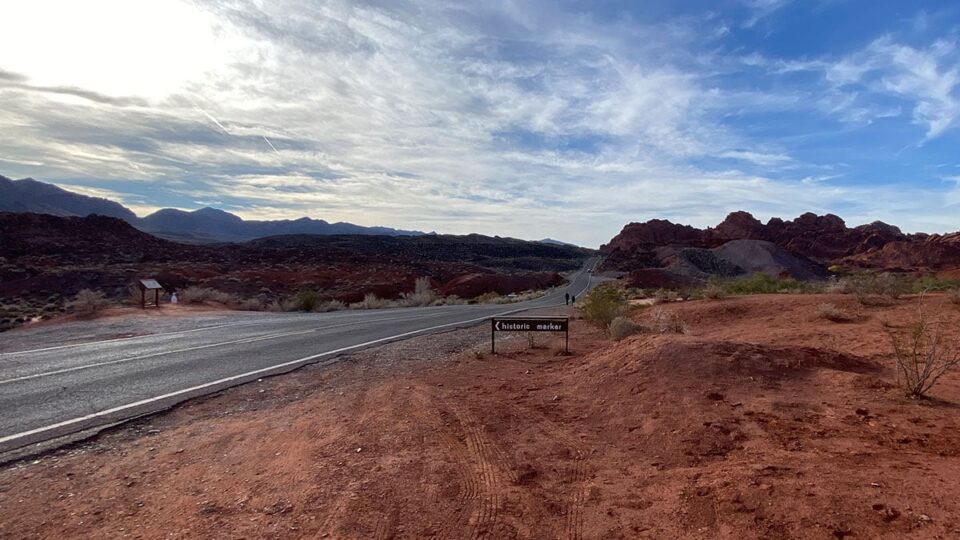
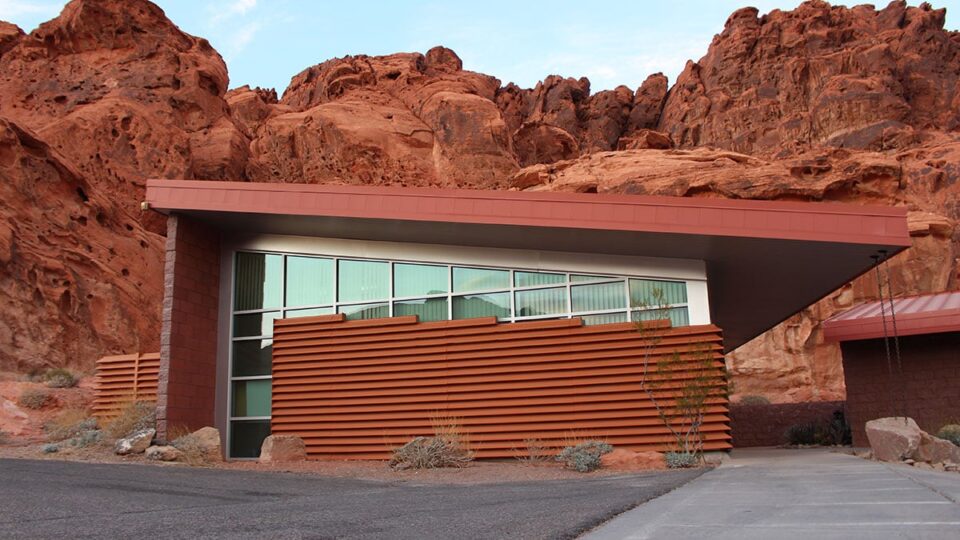


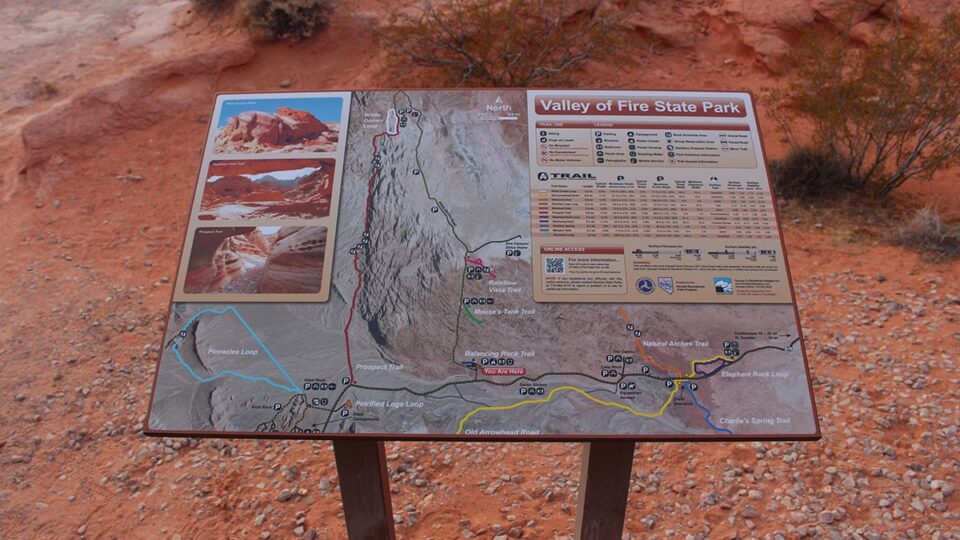
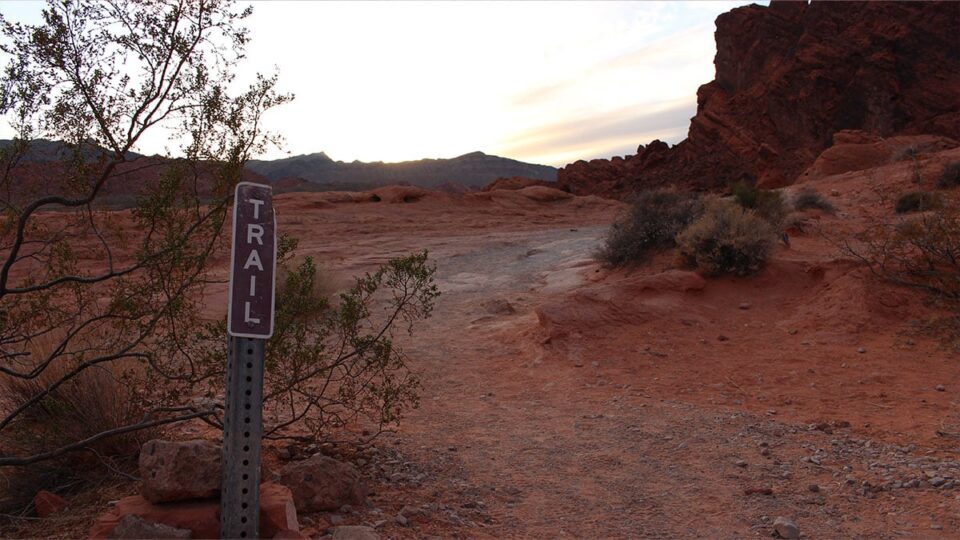

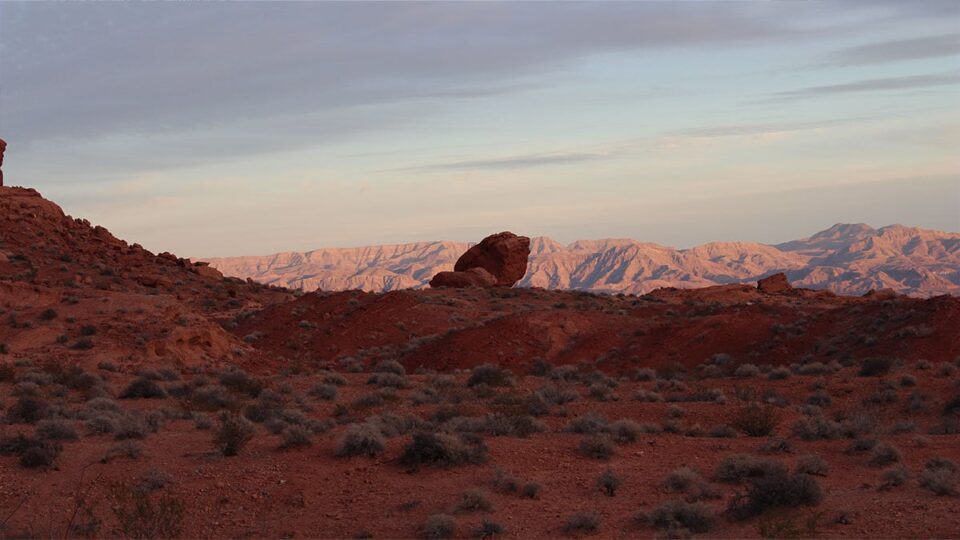


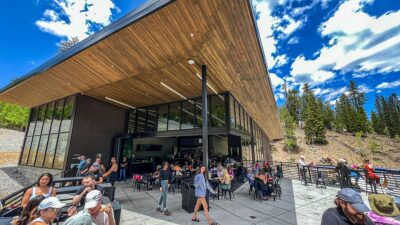
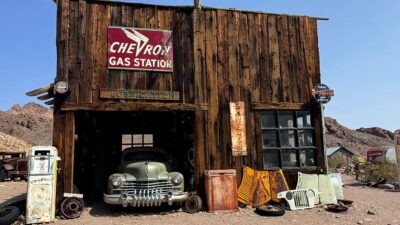


TALK TO THE AUTHOR
If you’ve spotted something we missed, found a typo, or have any suggestions,
we’d love to hear from you!